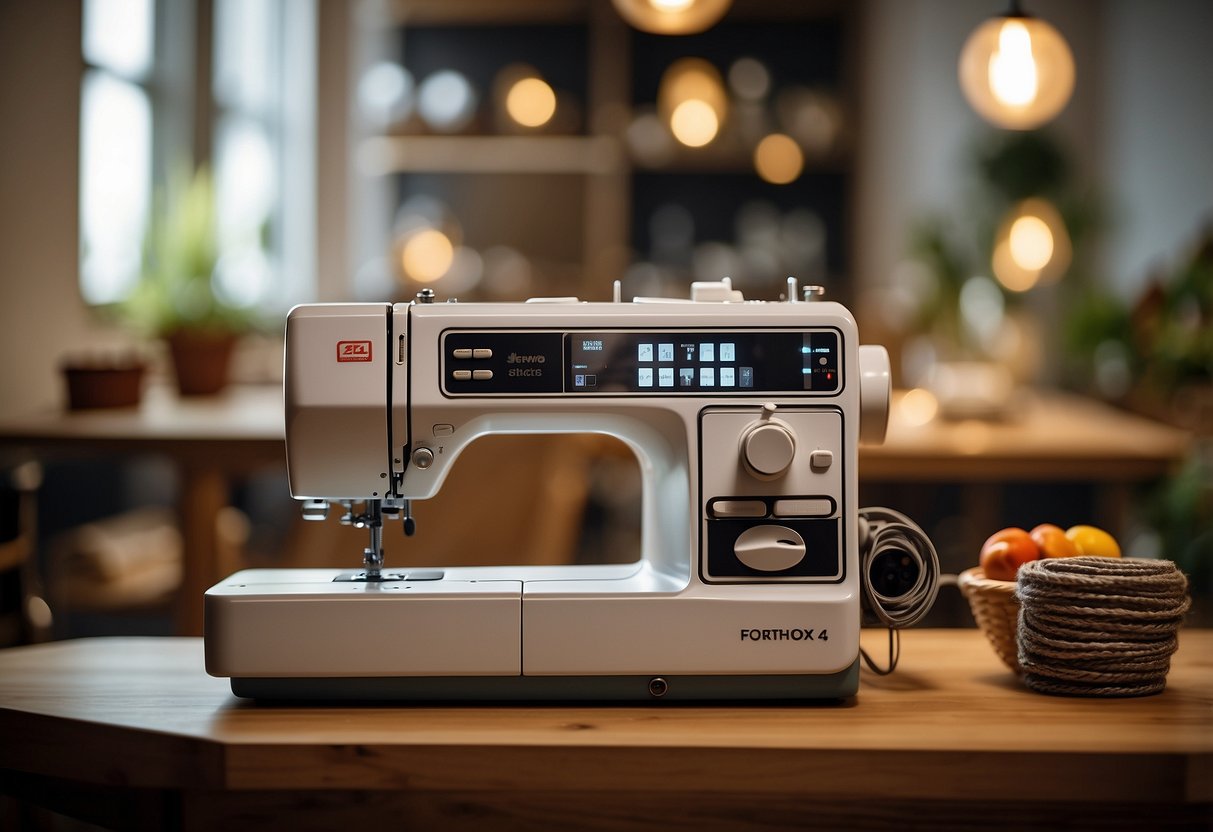DIY Sewing Machines: Top Models Reviewed for All Skill Levels
Features to Look for in a Sewing Machine

Selecting the right sewing machine involves assessing various important features. Key considerations include stitch quality and options as well as ease of use, which are essential for both beginners and experienced sewists.
Stitch Quality and Options
High stitch quality ensures that the sewing is neat and durable. Look for machines offering a variety of stitch patterns, including straight, zigzag, and decorative stitches. Multiple stitch options provide versatility for different projects and materials.
Additionally, adjustable stitch length and width enhance customization. Machines with a consistent stitch quality, even at high speeds, are more reliable. Features like needle up/down and an automatic thread cutter improve precision and efficiency, making the sewing process smoother.
Ease of Use
User-friendly sewing machines are crucial, especially for beginners. Important elements include an easy-to-navigate interface, often assisted by an LCD screen. Machines equipped with an automatic needle threader save time and reduce eye strain.
Drop-in bobbins are easier to load and monitor. Look for clear threading guides and buttons that are appropriately placed for intuitive operation. Machines with adjustable presser foot pressure allow for better handling of various fabric types.
Sewing Projects and Fabric Types
Selecting the right machine for various sewing projects depends on both the type of fabric used and the capabilities of the machine. Different fabrics like cotton, denim, leather, and silk each have their own characteristics and requirements.
Working with Different Materials
Fabrics like cotton and felt are ideal for beginners. They are easy to work with and do not require special needles or tension adjustments. Cotton is often used for quilting projects because of its durability and ease of handling. Felt is perfect for simple craft projects as it doesn’t fray, making it easy to cut and sew.
Denim and leather require more specialized attention. Denim is heavy and can be tough to sew through, so a strong needle and adjustable presser foot pressure are necessary. Leather demands a machine capable of using specialized leather needles and often requires a walking foot to handle the material effectively.
Silk presents its own challenges due to its slippery nature. A machine with excellent tension control and a fine needle is crucial to prevent puckering and damage to the fabric. This is where the precision of a high-quality machine becomes important for delicate materials.
Machine Capabilities for Specific Projects
Various machines excel in different project types because of their specific features and capabilities. For quilting, a machine with a large throat space and the ability to perform free-motion quilting offers significant advantages. These features make handling bulky quilting fabrics like cotton more manageable.
When working with denim or similar heavy fabrics, features such as a high presser foot lift and a robust motor are essential. Machines designed for heavy-duty use can sew through multiple layers of denim without skipping stitches.
Projects involving leather need machines with powerful motors and the capability to use specialized needles. Compatibility with a walking foot is also essential to maintain even feeding and prevent sticking.
Silk and other delicate materials benefit from machines with adjustable tension and a variety of stitch options to handle the fabric gently. Precision and the ability to make fine adjustments are key to achieving professional results with these materials.
These capabilities ensure that the machine chosen can effectively handle the specific needs of various projects, enhancing both the sewing experience and the final product quality.



